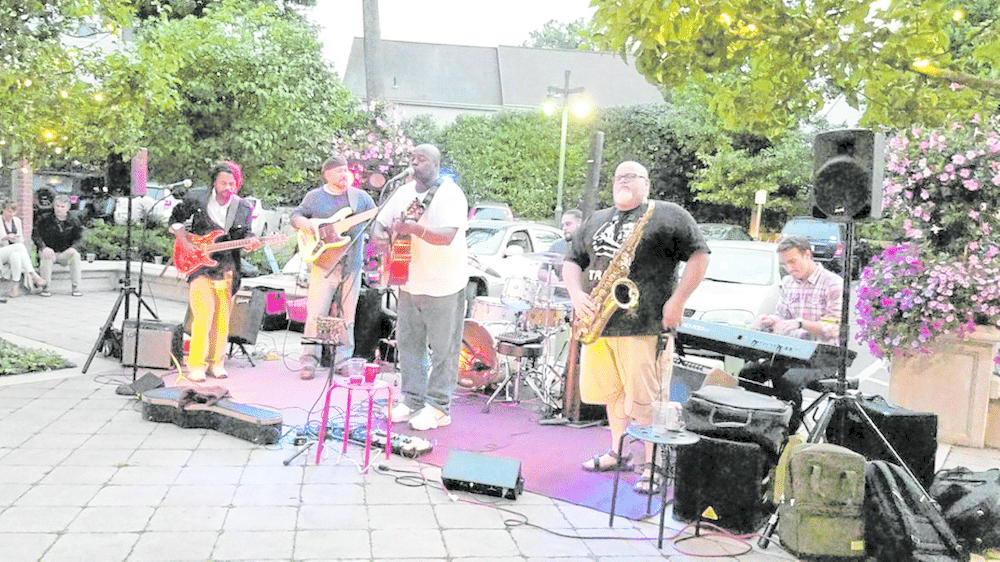Ephemeral spaces, mobility and urban resilience
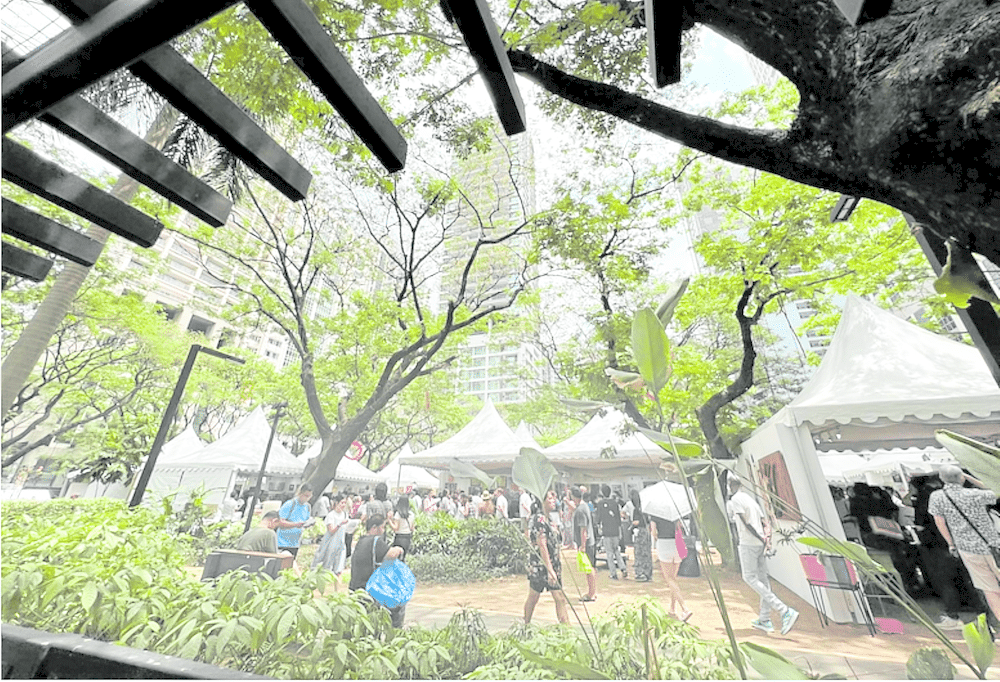
A park in Makati City allows a multitude of experiences by hosting different events such as an Art Fair. (GCRamos)
The perception of safe spaces has typically translated into rigid enclosures that convey strength, stability, and protection.
In ever changing environments, people seek permanent structures and formally delineated territories. This is the paradox in the way we find the best fit between human needs and designed spaces.
The recent experiences we have had—disruptions due to natural phenomena such as typhoons, human-induced factors such as conflicts, and health threats such as the COVID-19 pandemic—brought to fore the need for agility, flexibility and adaptability.
Mobility and survival
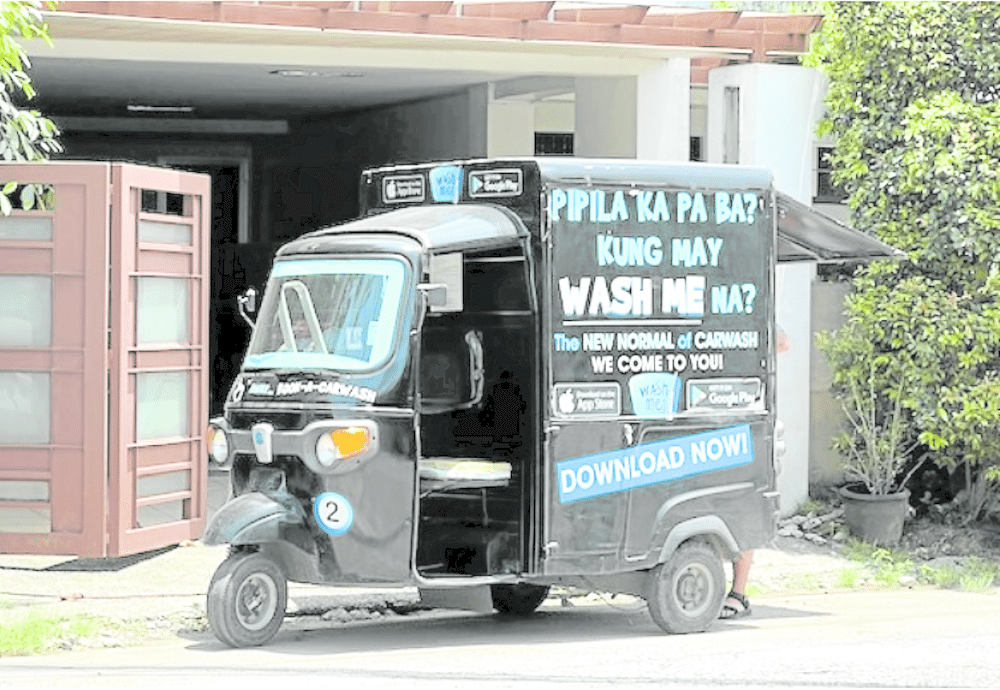
Mobile services such as car washing redefine both residential and business spaces in the city. (GCRamos)
The physical and social environments are in constant motion.
The changing seasons, unexpected events, shifting relational networks, and life cycles are among the many dynamic variables that define human milieus. The default preference for permanence and predictability has manifested in our notions of permanent address, property ownership, livelihood bases and political boundaries.
However, we have witnessed over time the property and life losses resulting from the traditional congruences between people, activities and space. Fisherfolk belonging to coastal areas, mining communities in the highlands, and farmers in fertile lands around volcanoes are considered as givens.
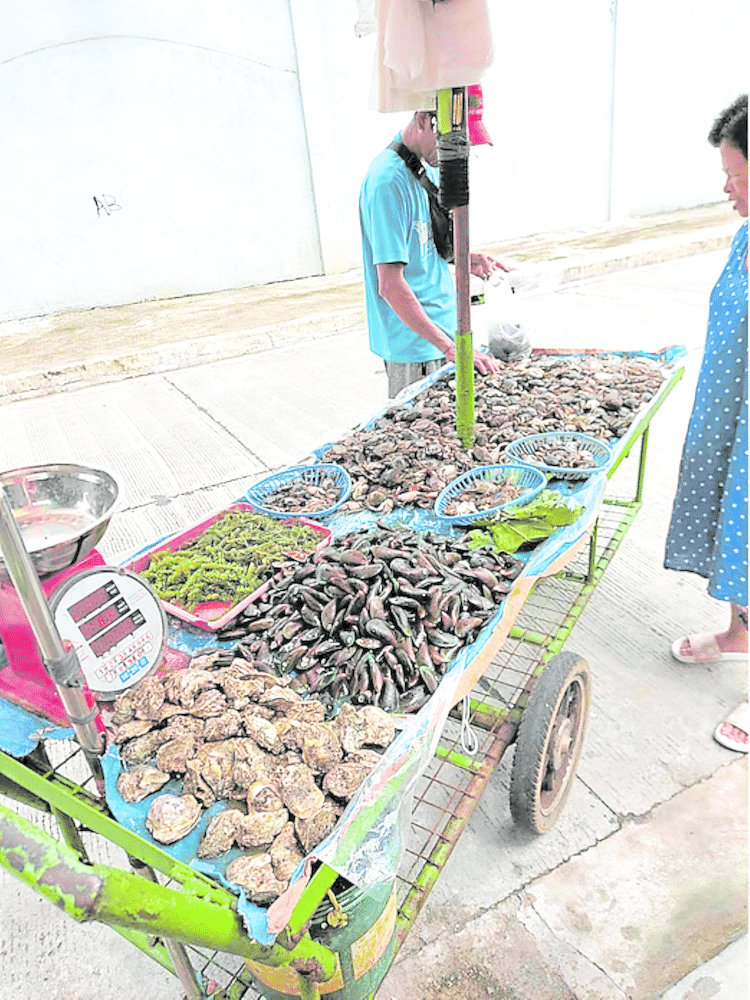
A rolling seafood store in a gated village brings the public market to the residents’ doorsteps. (GCRamos)
Security derived from rootedness in specific places has had devastating consequences as relocating to other places becomes a sudden and last resort type of reaction during disaster situations.
Evacuation to areas that were not designed as living spaces has been the norm even as we go through cyclical patterns of natural occurrences.
Ephemeral concepts
Spaces and design concepts that cater to variables in motion have been in our midst.
Ephemeral architecture, exemplified by exposition pavilions, is meant to be used or seen for a limited time (Coar, 2011).
Fleeting urban spaces find expression in flea markets, street activities, and park concerts. Transient spaces of varying typologies catering to different lengths of stay include rental housing, hotels and events venues.
Time-shared spaces range from resorts to workers’ housing. Mobile spaces include recreational vehicles and home service vans. Transformable spaces are those that accommodate different functions at different time periods. Virtual outdoor spaces are created through laser beam technology.
These are concepts that are anchored on the temporal attributes of spaces, offering take-off points for innovative spaces designed for changes, movement and adaptation.
Historical, cultural references
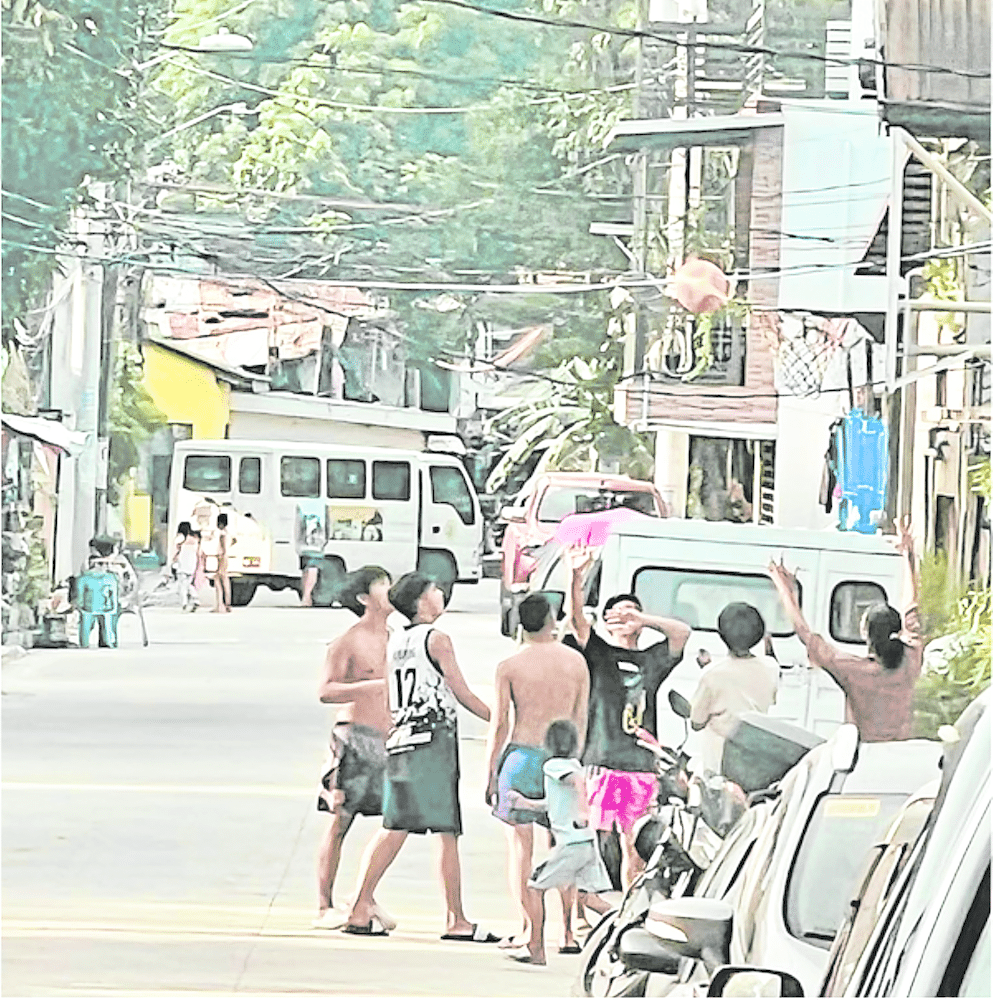
Streets doubling as basketball courts account for the multi-layered features of the public realm. (GCRamos)
The culture of transience and mobility in Philippine society may be traced back to the precolonial barangays that were houses and boats at the same time (Jocano, 1998).
The coastal areas in 16th century Cebu hosted formal rituals between the local ruler and foreign merchants to signify the start of trading in the temporary market area (Orillaneda, 2016). The Datu’s house was designed to be a private dwelling that can transform into a public meeting place (Scott, 2004).
The movement of overseas Filipino workers instigates another chain of place changes as returning workers bring in new thought and behavior patterns.
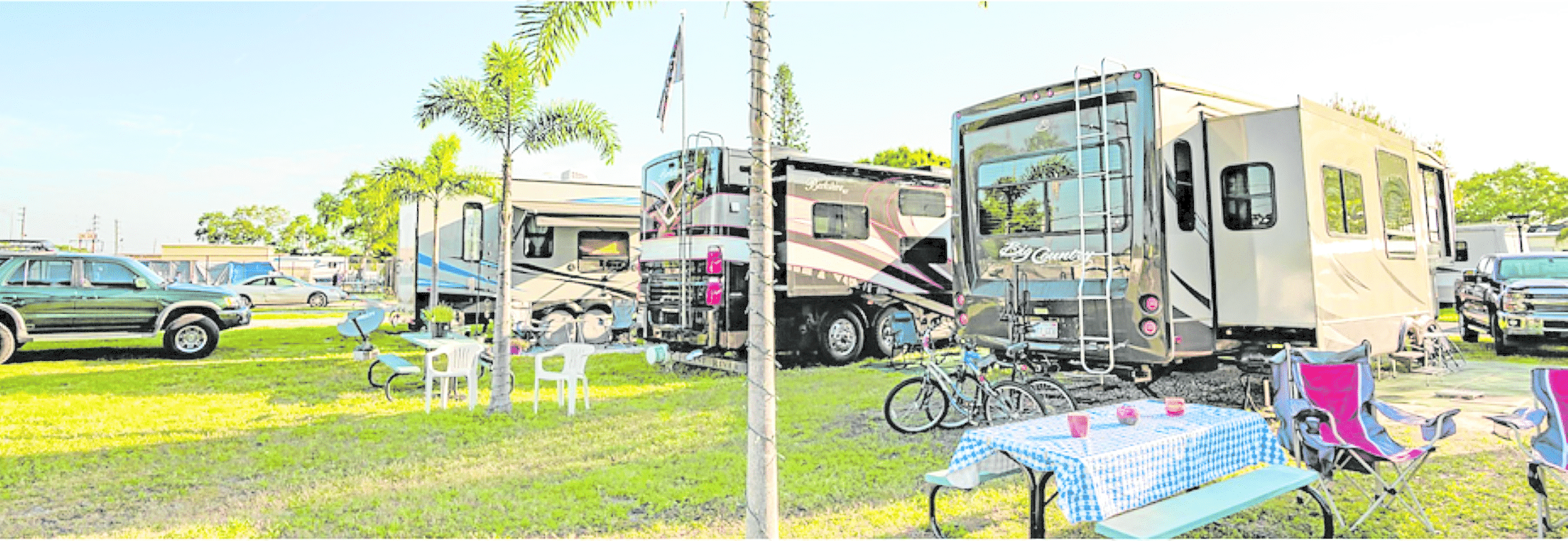
A Recreational Vehicle Village in Largo, Florida allows ephemeral lifestyles. (Rainbow Village Largo via https://www.sunoutdoors.com)
Principles drawn from nature
Resilience aided by mobility is seen in the natural world where “flee or adapt” options govern survival.
Adaptation to cyclical patterns is seen in the patterns of migration and hibernation in the animal world. The chameleon metaphor derived meaning from the ability of a reptile to change its skin color to match its environment. Natural systems reconfigure to restore balance after some ecological disruption.
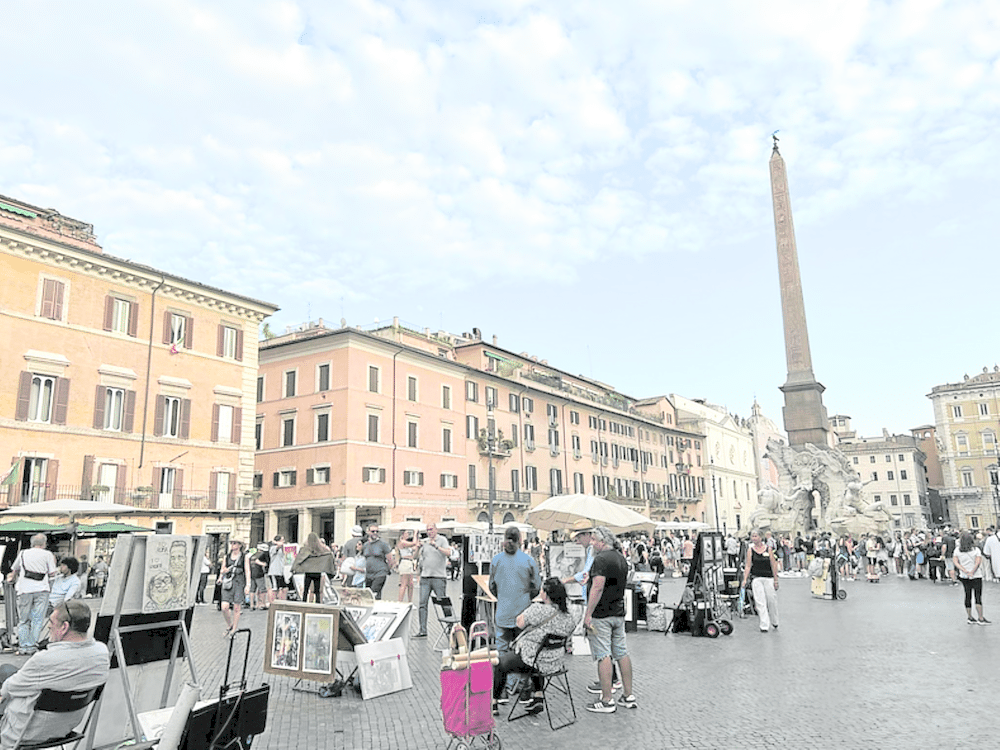
Visual artists and performers offer a variety of interactive activities in Piazza Navona, Rome. (GCRamos)
Challenges
The difficulty in applying ecosystem dynamics (Levin, Pacala, 2003) to urban governance lies in the varying capacities of people to respond as needed.
Residential mobility is facilitated by affordability on the demand side and by a wide range of choices on the supply side (Willibald et al., 2018). Abilities by communities to reconfigure to adapt to unexpected disruptions are constrained by the rigidity of our urban forms due to mega-scale, single mass and gated developments.
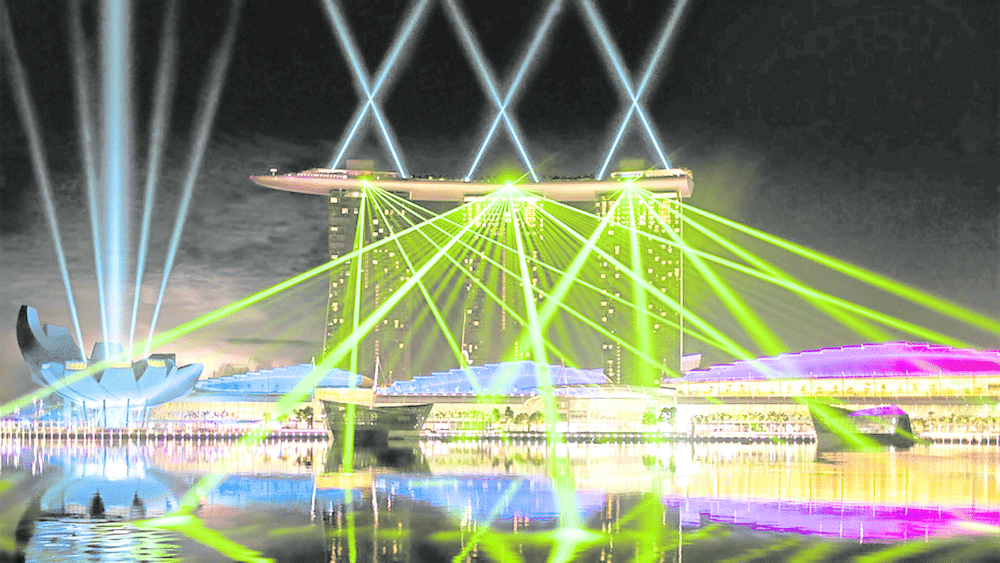
Laser beam technology provides an array of outdoor space experience in Singapore. (https://www.laservision.com.au)
Innovations in space design are also held back by highly prescriptive regulatory systems that are largely based on conventional forms.
Designing for resilience begins with understanding the network of moving parts that need to be given leeway to reconfigure in harmony with the whole.
References: Coar L. (2011). The Lasting Meaning in Ephemeral Architecture. Design Principles and Practices. 5. 667-678. 10.18848/1833-1874/CGP/v05i06/38252; Jocano FL. (1998). Filipino prehistory: Rediscovering precolonial heritage ([Revised and expanded edition].). PUNLAD Research House, Inc.; Levin SA, Pacala SW. (2003). Chapter 2 – Ecosystem Dynamics, Editor(s): Karl-Göran Mäler, Jeffrey R. Vincent, Handbook of Environmental Economics, Elsevier, 1.61-95. doi.org:10.1016/S1574-0099(03)01007-6; Orillaneda B. (2016). Maritime Trade in the Philippines During the 15th Century CE. Moussons. 27.83-100. 10.4000/moussons.3529; Pawlik AF, Piper PJ. (2019). The Philippines from c. 14,000 to 4,000 cal. bp in Regional Context. Cambridge Archaeological Journal. 29(1):1-22. doi:10.1017/S0959774318000306; Scott WH. (2004). Barangay, Sixteenth Century Philippine Culture and Society. 60. Ateneo de Manila University Press; Willibald O, Mukiibi S & Limbumba T. (2018). Understanding Residential Mobility. American Journal of Engineering Research.7.503-507.
The author is a Professor at the University of the Philippines College of Architecture, an architect and urban planner
